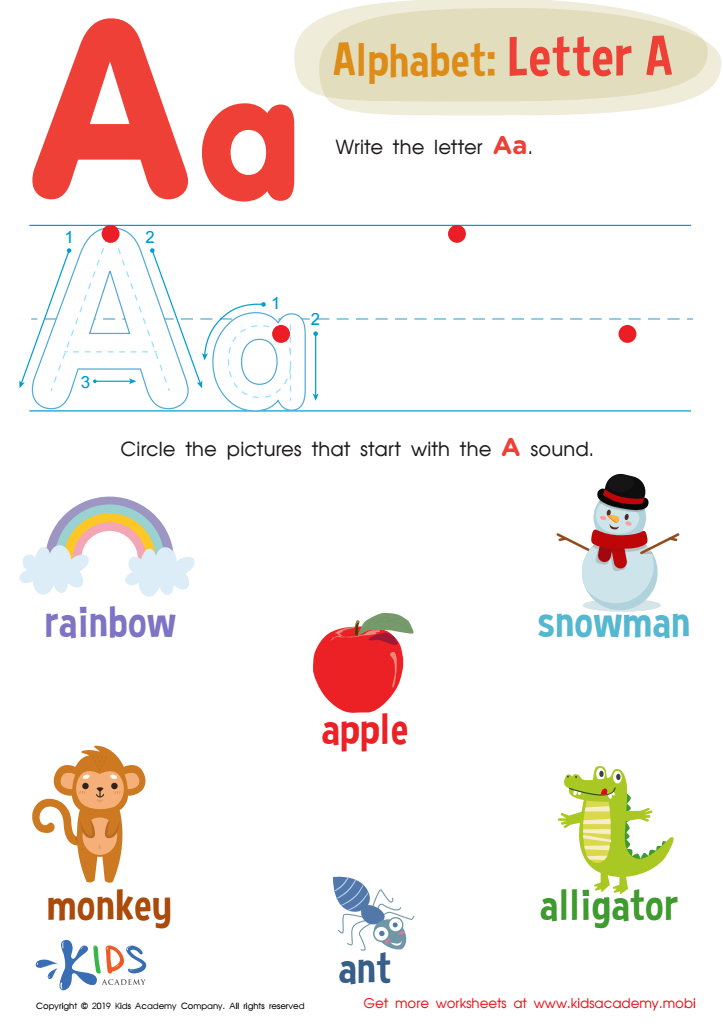Alphabet tracing Normal Letter Recognition Worksheets for Ages 3-4
5 filtered results
-
From - To
Introduce your preschooler to the world of letters with our engaging Alphabet Tracing Normal Letter Recognition Worksheets! Designed for ages 3-4, these worksheets make learning fun through hands-on tracing activities that help with letter formation and recognition. With clear, intuitive designs, children will build foundational skills critical for reading and writing. Each worksheet provides ample practice to strengthen fine motor skills and boost confidence in young learners. Ideal for home or classroom use, our alphabet tracing worksheets are the perfect tool to kickstart your child’s educational journey. Foster a love for learning with Kids Academy today!


Letter P Tracing Page


Letter Q Tracing Page


Letter H Tracing Page


Letter A Tracing Worksheet


Letter D Tracing Page
Alphabet tracing and normal letter recognition are foundational skills for children ages 3-4, serving as critical stepping stones in their early literacy development. Parents and teachers caring about these skills can make a substantial difference in a child’s future academic success.
Firstly, alphabet tracing helps develop fine motor skills. When children use pencils, crayons, or markers to trace letters, they enhance their hand-eye coordination and muscle memory, which are essential for writing. Practicing the shapes of letters boosts their confidence and comfort with writing tools, laying a strong foundation for future writing tasks.
Secondly, normal letter recognition promotes early reading skills. Recognizing letters and associating them with their respective sounds is the first stage in the process of decoding words. This early understanding paves the way for reading fluency and comprehension later on. Familiarity with the alphabet also aids in vocabulary development and phonemic awareness, critical components of learning to read.
Moreover, engaging children in these activities can foster a lifelong love of learning. Guided tracing activities that include fun and interactive elements, like colorful sheets and engaging stories, can make learning a delightful experience. Early positive experiences with reading and writing increase a child’s enthusiasm for school and books.
In summary, prioritizing alphabet tracing and letter recognition during early childhood equips children with essential skills, setting them up for greater academic achievements and a positive attitude toward lifelong learning.
 Assign to My Students
Assign to My Students















